Getting to Know Stinging Nettle (Without Getting Stung… Too Much)
Of all the plants I’ve worked with over the years, stinging nettle is the one that commands the most respect. Let’s be real—it’s often written off as a pesky weed, but in my book, it’s a powerhouse. This is the plant that teaches you a lesson the first time you handle it wrong. I’ll never forget my first careless encounter; my hand tingled for hours, and I learned about respect the hard way!
But once you understand how to work with it, you unlock a treasure trove of deep nutrition and versatile wellness support. This isn’t about some fleeting trend; it’s about a plant that has been a trusted ally for food, fiber, and health for generations. My goal here is to share the practical stuff I’ve learned from countless hours of foraging and preparing nettle, so you can feel confident and excited to get to know it yourself.
More Than Just a Sting
So, what’s the deal with that infamous sting? It all comes down to the plant’s defense mechanism. The leaves and stem are covered in tiny, hollow hairs that act like miniature needles. When you brush against them, the brittle tips break off and inject a cocktail of compounds into your skin, including formic acid (the same stuff in ant bites), histamine, and serotonin. This causes that familiar sharp, tingly, and itchy reaction.
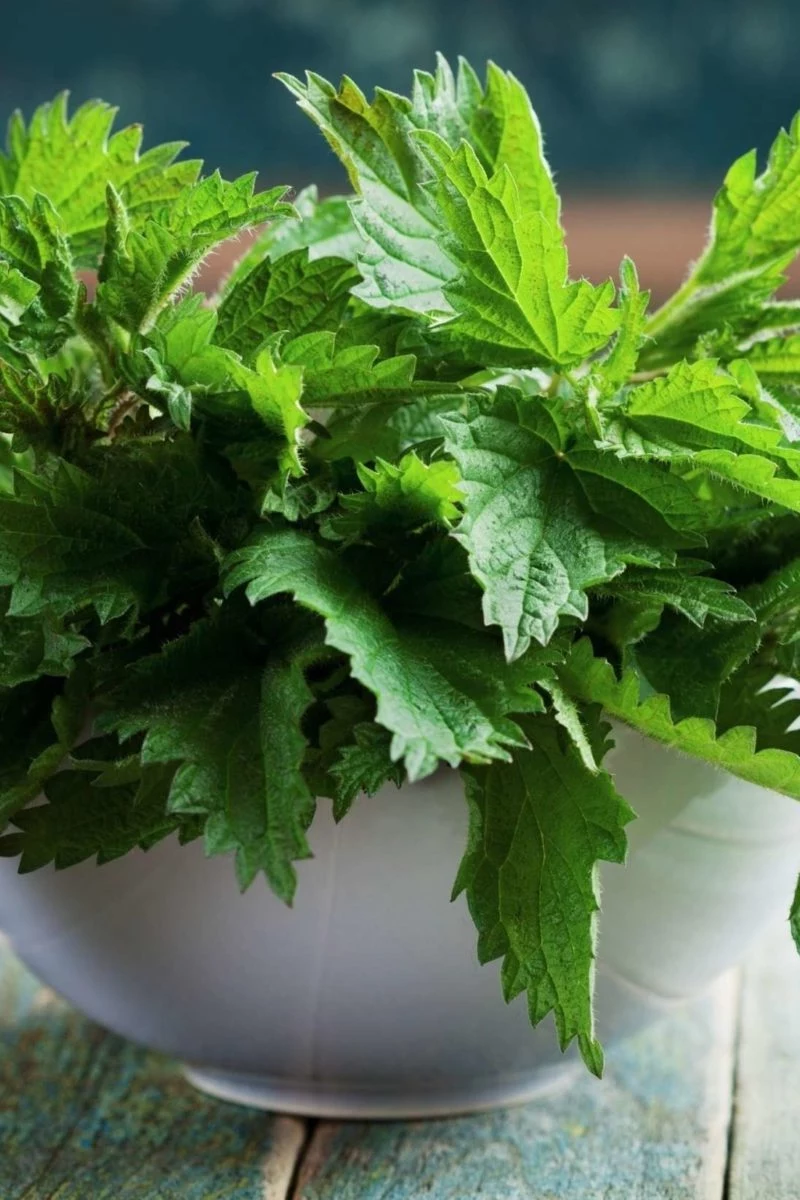
Heads up! What to do if you get stung:
First, don’t panic. The sensation usually fades within a few hours. A common mistake is to rub it, which can make it worse. Instead, try this:
- Gently wash the area with soap and cool water. This can rinse away any remaining chemical irritants.
- Apply a paste of baking soda and water. It’s surprisingly soothing.
- Look around for dock leaf (Rumex species), which often grows near nettle. Crushing a leaf and rubbing the juice on the sting is a classic folk remedy that many people swear by.
Interestingly, some traditional practices actually used this sting deliberately. The practice of urtication involved tapping painful, arthritic joints with nettle stalks. The idea was that the intense, temporary inflammation from the sting would trigger a healing response that could help resolve deeper, chronic inflammation. It’s a harsh therapy, for sure, and definitely not for everyone.
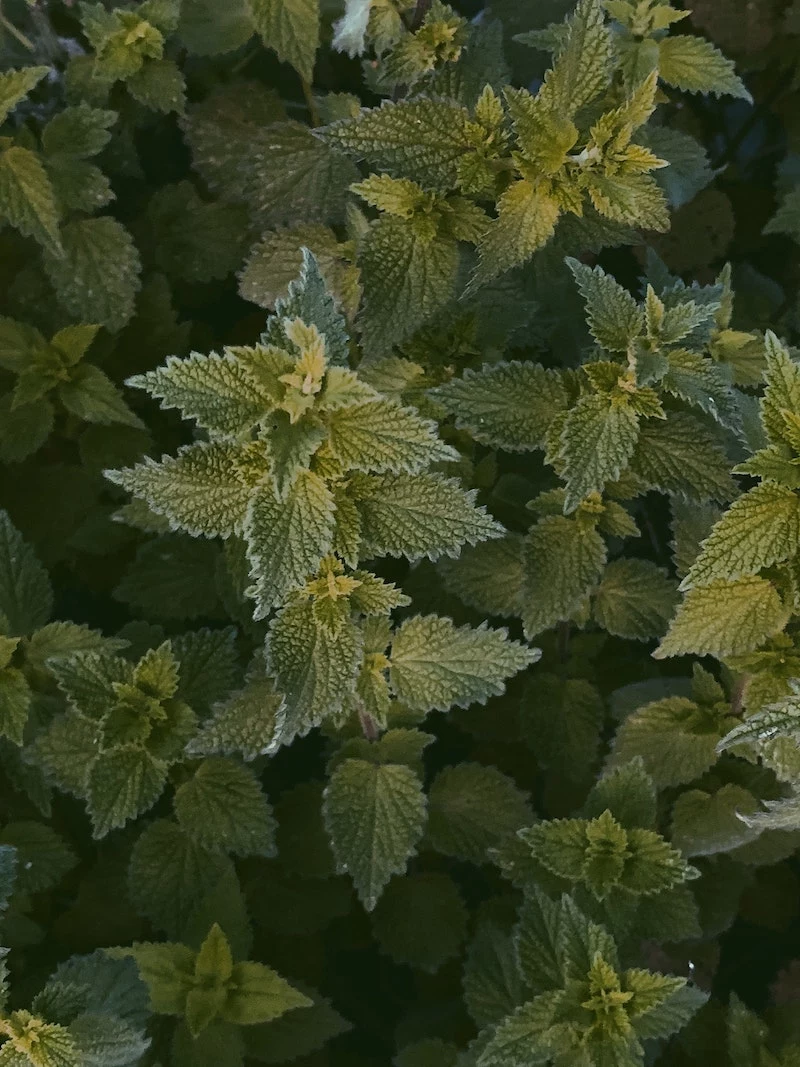
A True Nutritional Powerhouse
Once you get past the sting by cooking or drying it, nettle completely transforms. It becomes an incredibly nutritious food. Honestly, it’s not just the list of vitamins and minerals that’s impressive; it’s the synergy of how they’re all packaged together.
It’s absolutely loaded with minerals like calcium, magnesium, and potassium. But it’s most famous for its high iron content, which is why it has such a strong reputation for building up the blood. Plus, it’s packed with Vitamin C, which is critical because it helps your body absorb all that plant-based iron. You just don’t get that kind of natural teamwork from an isolated supplement pill.
And get this—dried nettle can be up to 40% protein by weight, which is wild for a leafy green. It even contains all the essential amino acids. This is why I think of nettle less as a
Inspirational Gallery
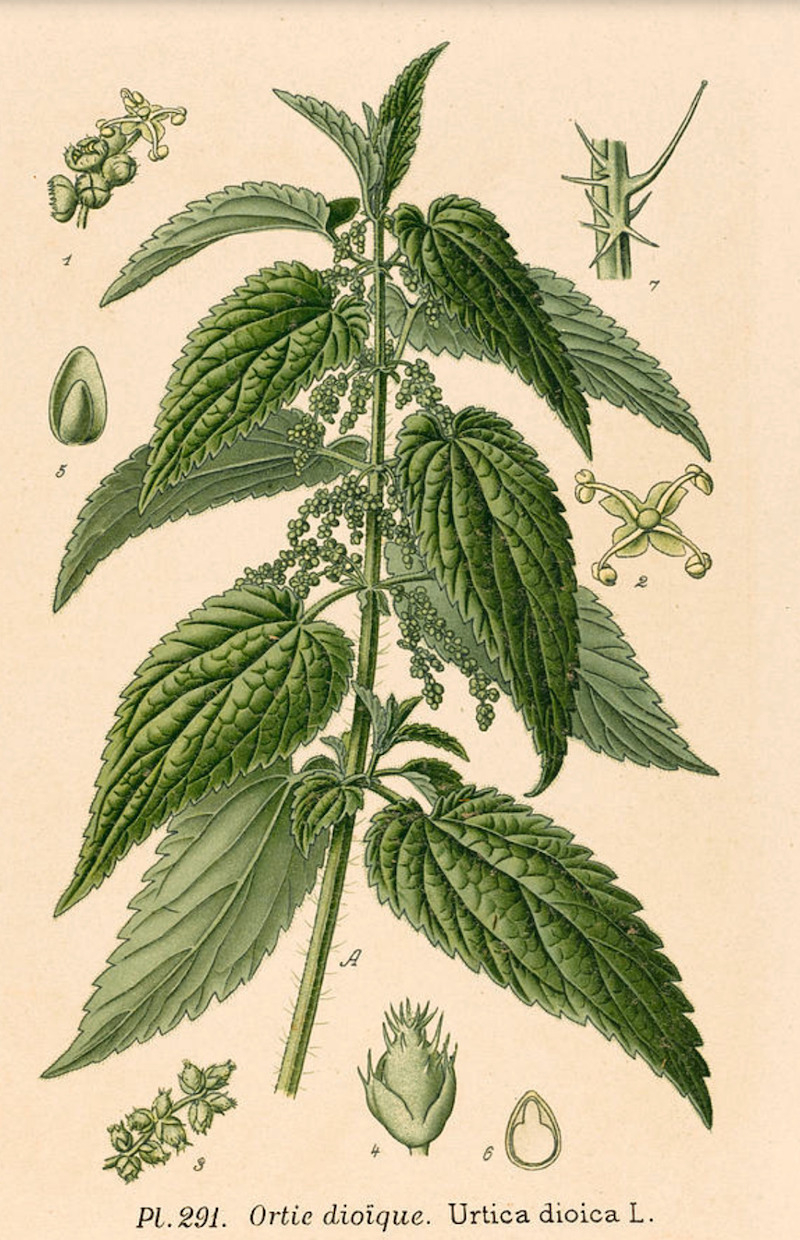
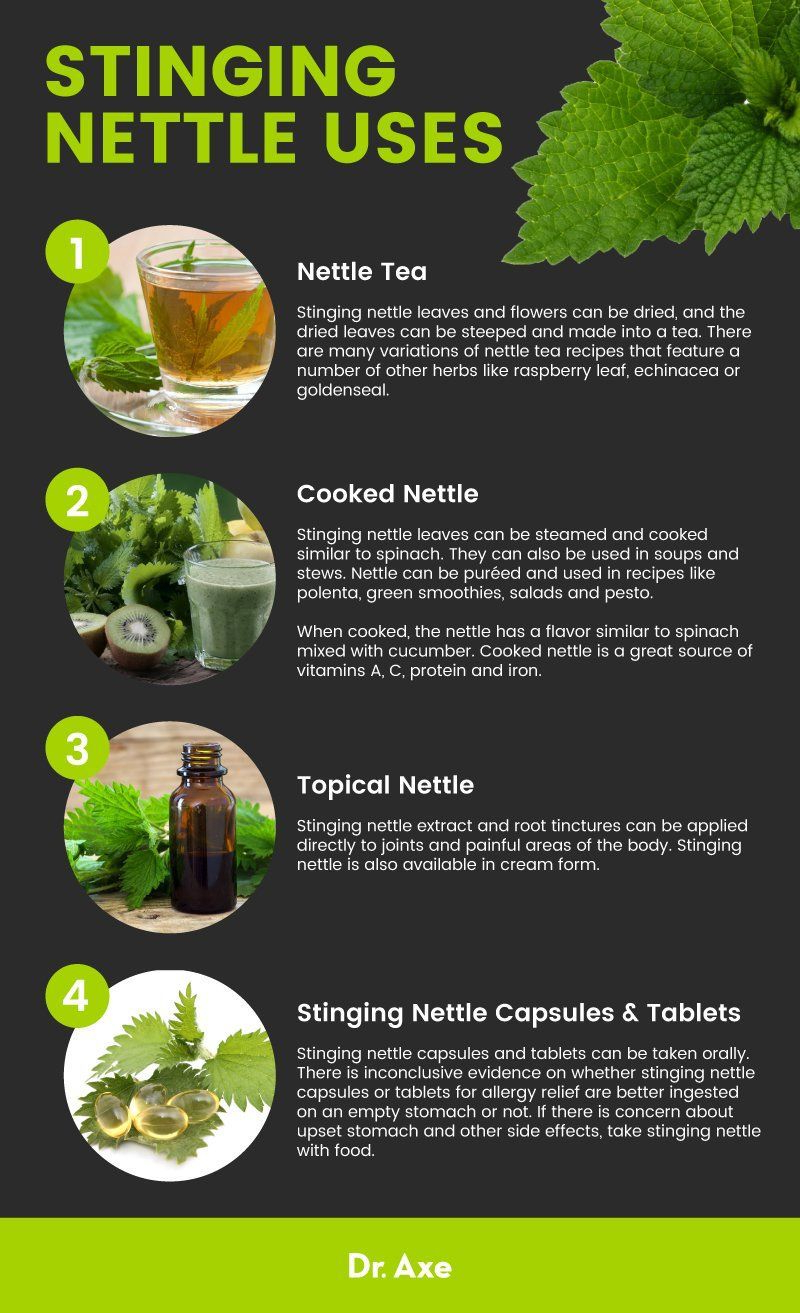
The right gear makes all the difference. Before you head out, protect yourself. Long sleeves and trousers are a must, but your choice of gloves is crucial. Forget flimsy garden gloves; invest in a pair of thick, rubber-coated ones like the Showa Atlas 370. They offer excellent dexterity for picking tender tops while being virtually sting-proof.

- Boosts your morning smoothie with a powerful green punch.
- Serves as a base for a deeply nourishing mineral-rich broth.
- Can be steeped for a restorative herbal infusion anytime.
The secret? Dehydrated nettle powder. Once you’ve dried your nettles, simply blitz them in a high-powered blender until you have a fine, vibrant green powder. Store it in an airtight jar and enjoy its benefits all year long.
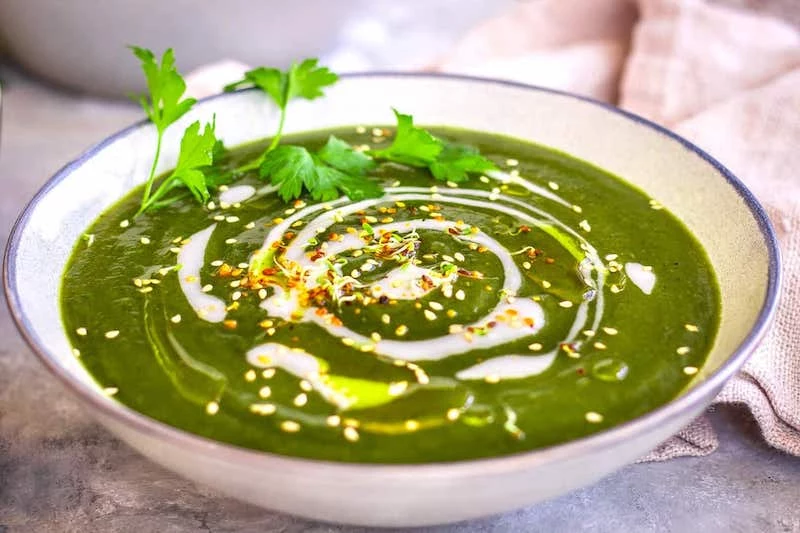
Can you eat nettles raw?
Absolutely not—at least not without neutralizing the sting first! The tiny stinging hairs (trichomes) need to be crushed or denatured. The easiest way is through heat (blanching, steaming, sautéing) or mechanical action. Some brave foragers will roll a young leaf tightly upon itself to crush all the stingers and pop it in their mouth, but for most uses, cooking is the way to go.
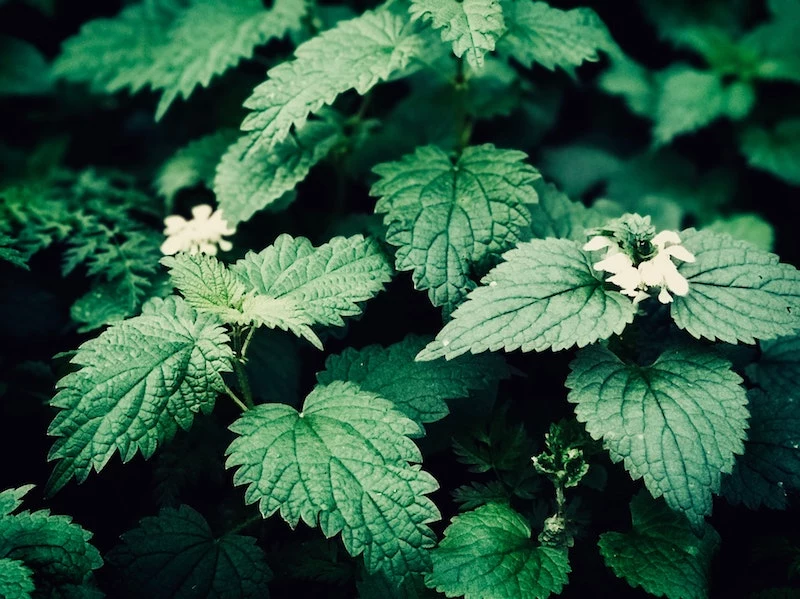
Think beyond tea and soup. Nettle’s earthy, spinach-like flavor with hints of cucumber makes it a fantastic base for a vibrant pesto. Simply blanch the nettle leaves for 60 seconds, plunge them in ice water, squeeze out all excess moisture, and then use them in place of basil in your favorite pesto recipe. It pairs wonderfully with walnuts and a good pecorino cheese.

A word on location: Not all nettle patches are created equal. Avoid harvesting from roadsides where plants can absorb exhaust fumes and pollutants. Similarly, steer clear of areas with heavy agricultural runoff or industrial activity. The cleanest nettles are found deep in woodlands, along clean streams, or in forgotten corners of organic gardens.
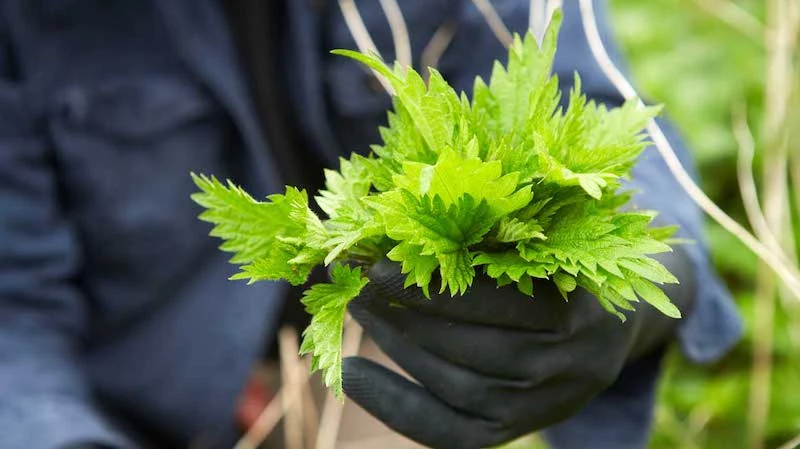
Over 20% of the dry weight of a young nettle leaf is pure protein, a level comparable to many legumes.
This surprising fact is why nettle is considered such a deeply nourishing food. It’s not just vitamins and minerals; it’s a genuine source of plant-based protein, making it an excellent addition to vegetarian and vegan diets for building and repairing tissues.

For a year-round supply, drying nettle is simple and effective. It preserves most of the nutrients and makes for easy storage.
- Harvest the top 4-6 leaves of the plant on a dry morning, after the dew has evaporated.
- Bundle the stems with twine and hang them upside down in a dark, dry, well-ventilated area.
- Once fully crisp (about 1-2 weeks), strip the leaves from the stems and store them in a sealed glass jar away from direct sunlight.
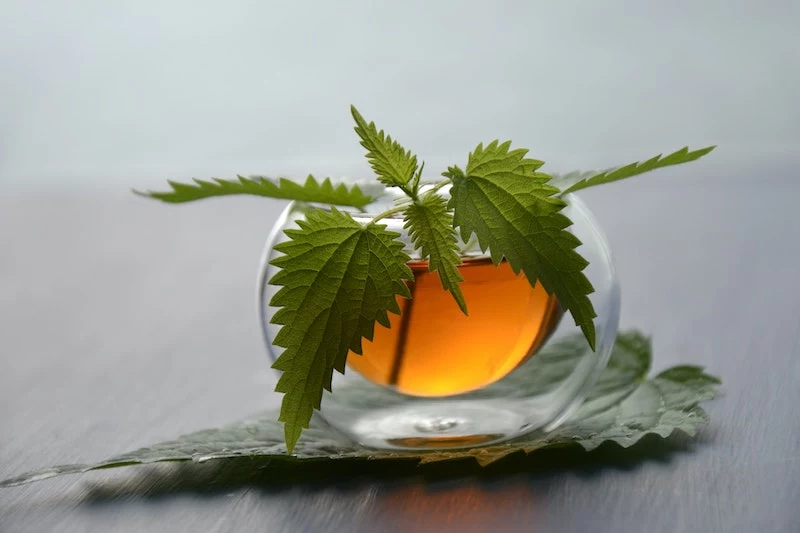
Fresh Nettle: Offers the most vibrant flavor, perfect for soups, quiches, and sautés. Its texture is tender when cooked. Best used within a day or two of harvesting.
Dried Nettle: Concentrated in minerals and ideal for infusions and teas. The flavor becomes more deeply herbaceous, like a rich green tea. It stores for months, providing nourishment long after the season ends.
For culinary use, fresh is king. For long-term wellness, dried is your best friend.
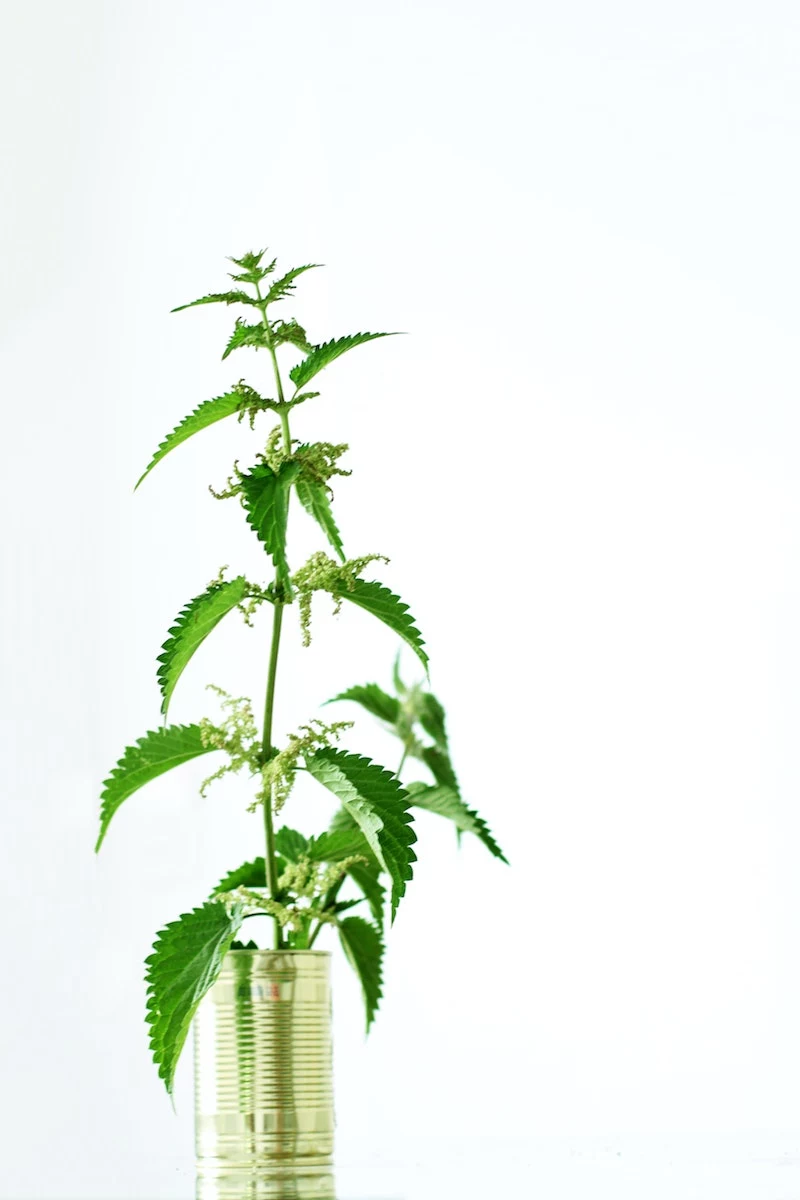
One of the most common mistakes when cooking with nettle is under-blanching or skipping it altogether. Tossing fresh nettles directly into a salad or a finished dish will result in a mouthful of stings. A quick 30-60 second dip in boiling water followed by an ice bath is non-negotiable. This simple step completely neutralizes the sting, locks in the bright green color, and prepares the nettle for any recipe.
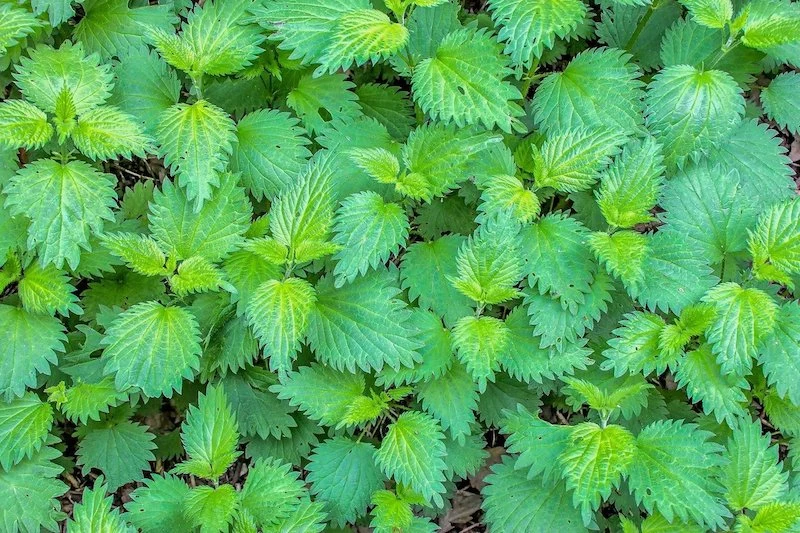

- Adds shine and bounce to hair.
- Can help soothe an itchy, flaky scalp.
- Strengthens hair follicles with its rich mineral content.
The method? A simple nettle hair rinse. Infuse a large handful of fresh or dried nettles in a quart of hot water for several hours (or overnight). Strain the liquid and use it as a final rinse after shampooing.
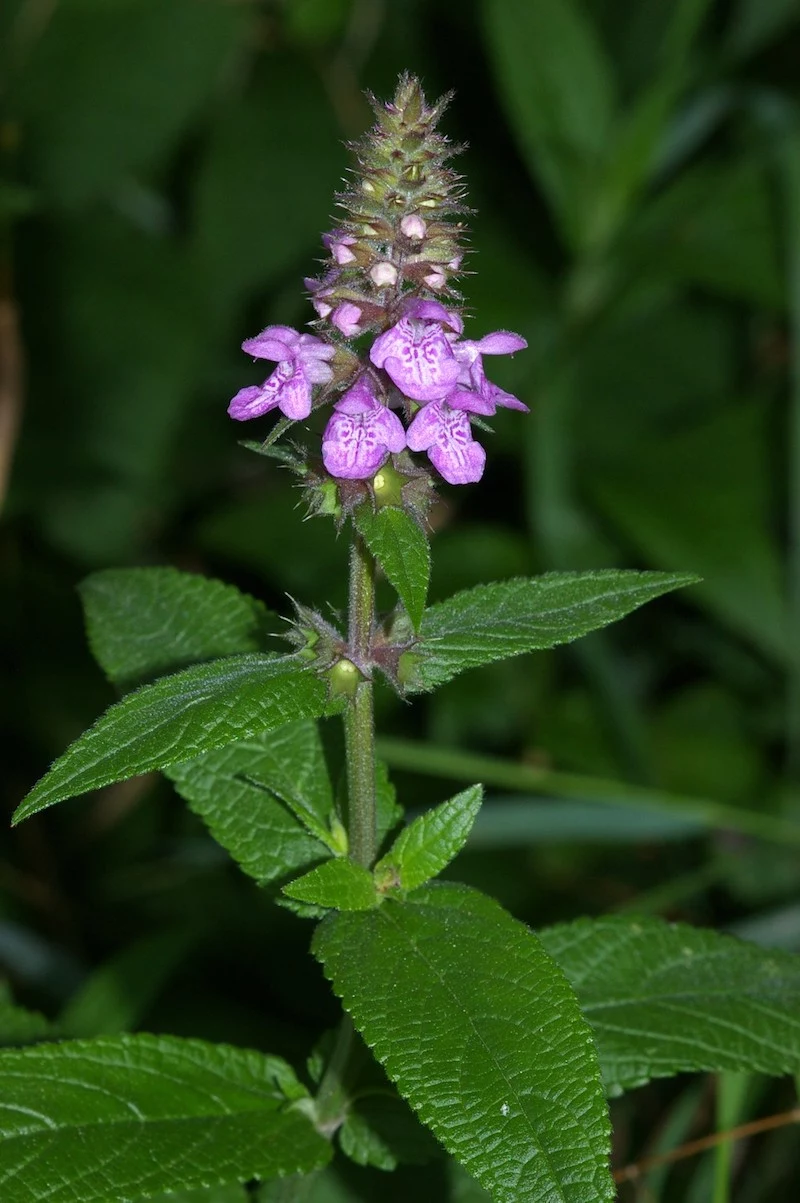
Nettle was once a vital source of fiber, producing a fine, strong thread similar to linen. In fact, during World War I, the German army used nettle fabric for uniforms when cotton supplies were scarce.

Don’t discard the water after you blanch your nettles! This ‘nettle liquor’ is a nutrient-packed broth in its own right. Let it cool and use it to water your houseplants for a serious mineral boost. It’s a perfect example of zero-waste, wild-food wisdom.
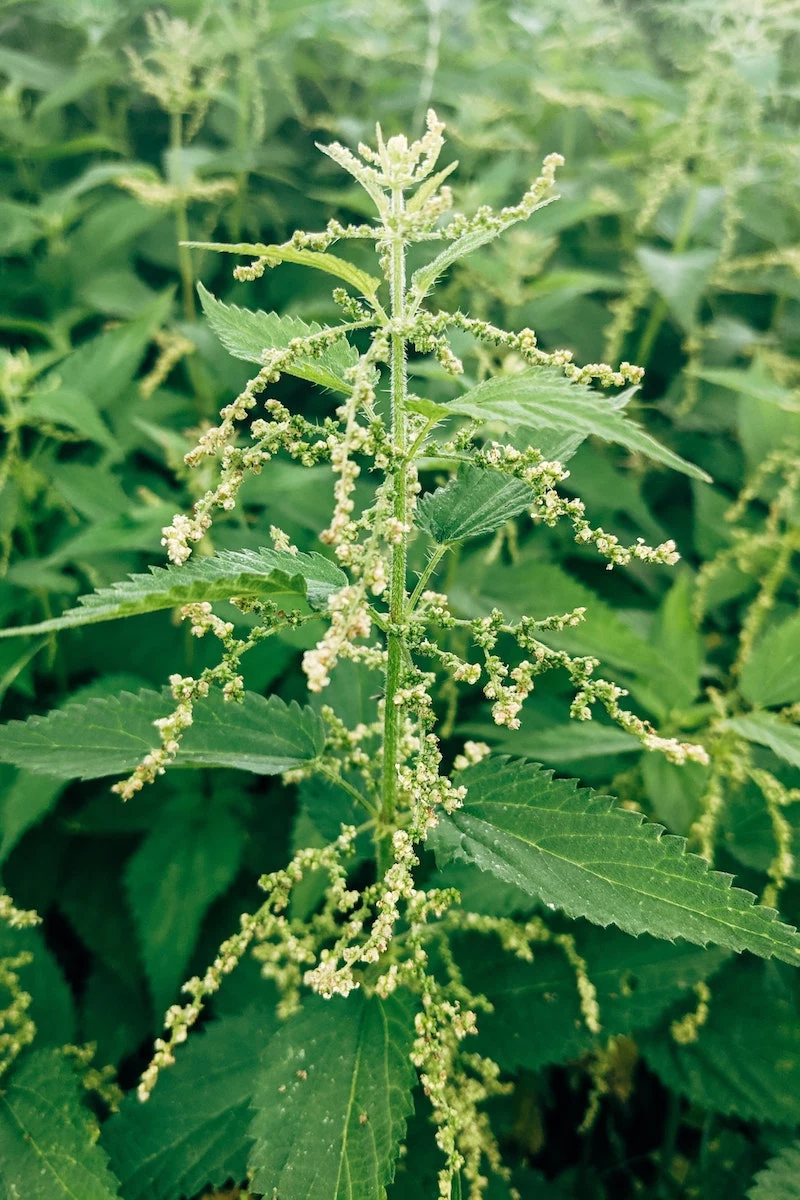
When is the absolute best time to harvest?
For peak nutrition and flavor, harvest nettle in the spring when the plants are young and tender, typically between 6 to 12 inches tall. This is when the leaves are most concentrated in vitamins and minerals. Once the plant begins to flower, it develops gritty particles called cystoliths, which can irritate the urinary tract. Stick to the pre-flowering tops for the best quality.
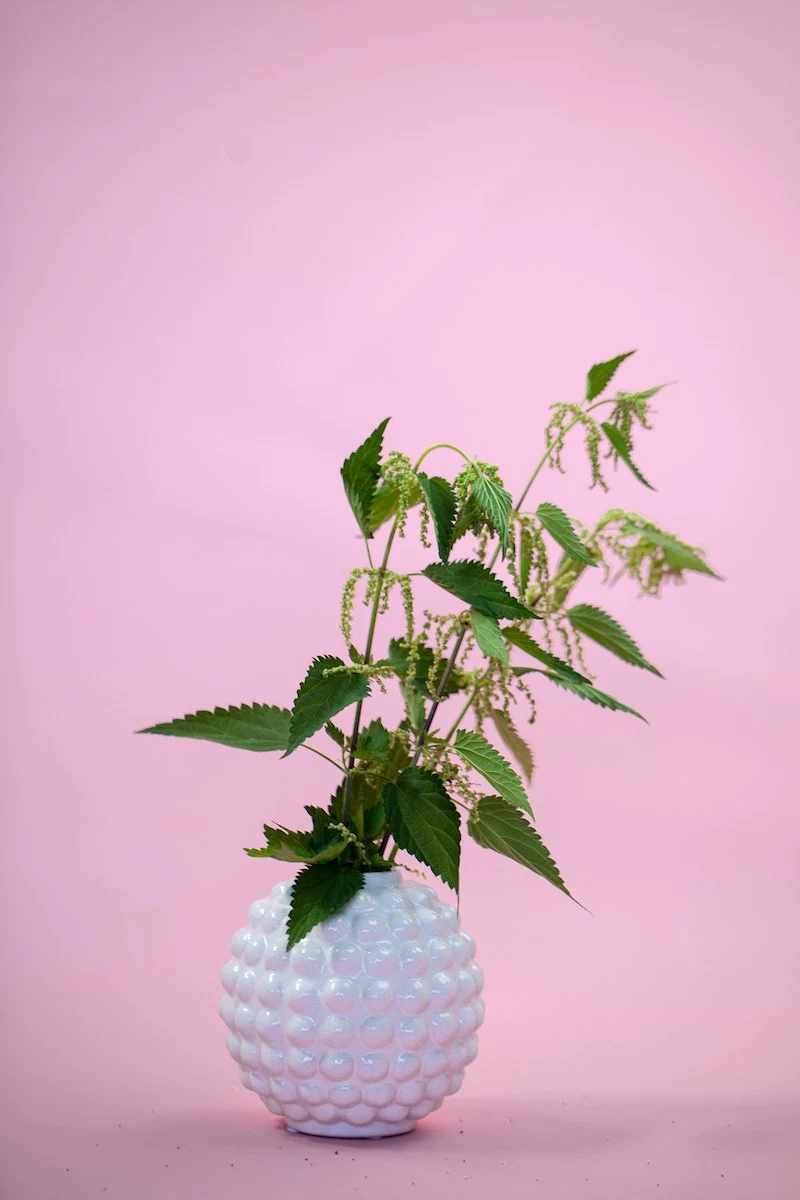
Embrace the sensory experience of a nettle facial steam. Place a handful of fresh or dried nettle leaves in a bowl and cover with boiling water. Drape a towel over your head and lean over the bowl for 5-10 minutes. The warm, herbaceous steam helps to open pores and its anti-inflammatory properties can soothe irritated skin, leaving it feeling clean and refreshed.
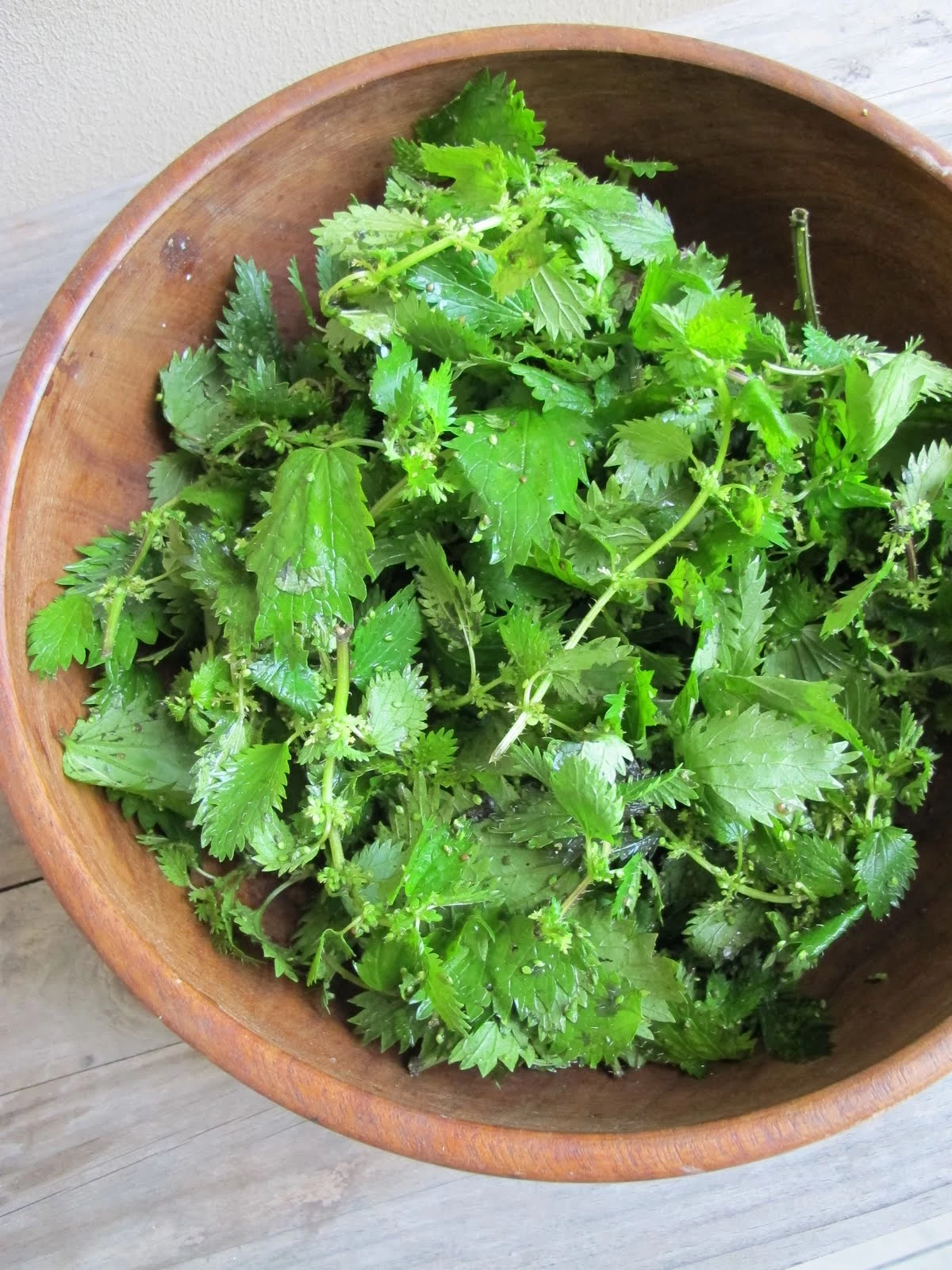
Nettle Tea: Made by infusing dried leaves, this is the best way to extract the plant’s rich mineral content (calcium, magnesium, iron). It’s gentle, hydrating, and excellent for long-term daily support. Brands like Traditional Medicinals offer high-quality organic nettle leaf tea bags.
Nettle Tincture: An alcohol-based extract that is particularly effective for seasonal allergies. The alcohol extracts the antihistamine properties more efficiently. A few drops from a brand like Herb Pharm can provide fast-acting relief.
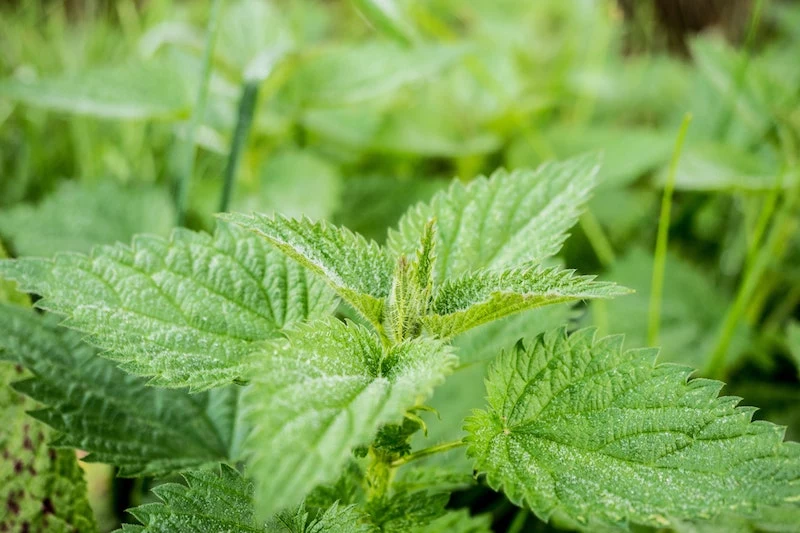
While stinging nettle is fairly distinct, beginners should be aware of look-alikes. Dead-nettle (Lamium species) has similar square stems and opposite leaves, but lacks stinging hairs and has prominent flowers (often white or purple). It’s edible but lacks the potent nutritional profile of true stinging nettle. The key identifier is always the sting—if it doesn’t bite back, it’s not the right plant.

In the Himalayan region of Nepal, nettle soup, or ‘sisnu ko soup’, is a traditional and cherished dish. It’s a simple, rustic soup often thickened with cornmeal or rice flour, showcasing the deep, nourishing flavor of the wild nettle that grows abundantly in the mountains. It’s a testament to the plant’s global role as a vital food source.
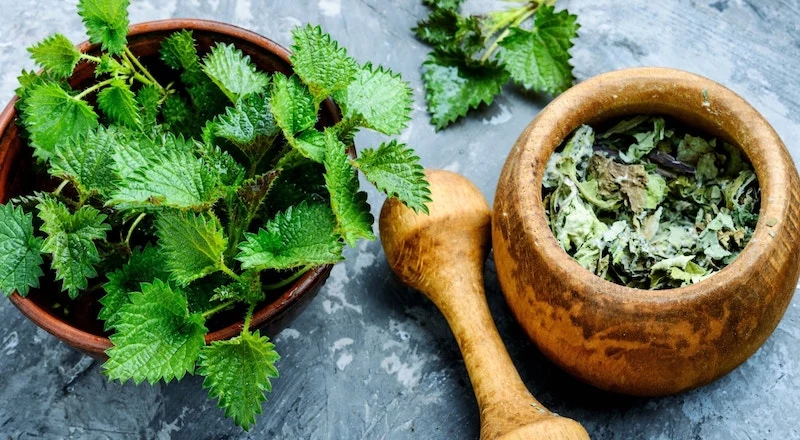
- Make a quick mineral-rich salt by blending dried nettle with high-quality sea salt.
- Create a simple infused oil for skin or cooking by gently warming dried nettle in olive or jojoba oil.
- Boost your pet’s food with a sprinkle of powdered nettle for added nutrients (check with your vet first!).
In an age of expensive ‘superfoods’ packaged in plastic, stinging nettle stands apart. It’s a free, hyper-local, nutrient-dense food that requires nothing more than a bit of knowledge and a good pair of gloves. Foraging for nettle reconnects you with the seasons and provides a level of nutrition that’s hard to beat, at absolutely no cost.










